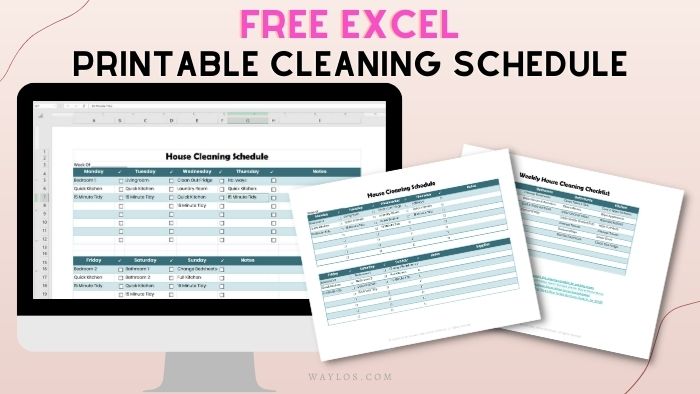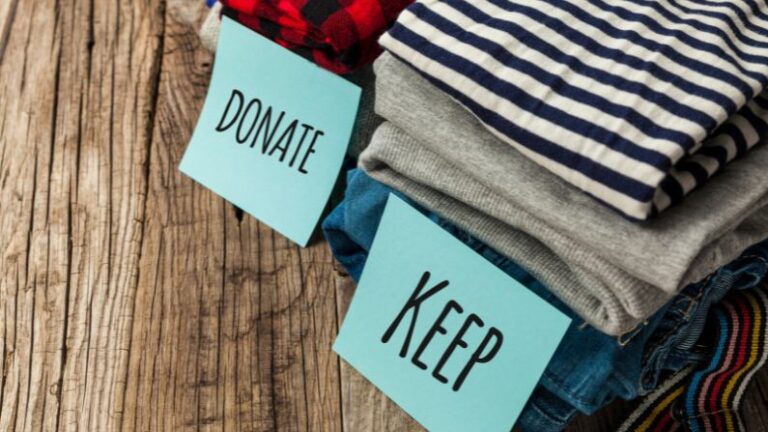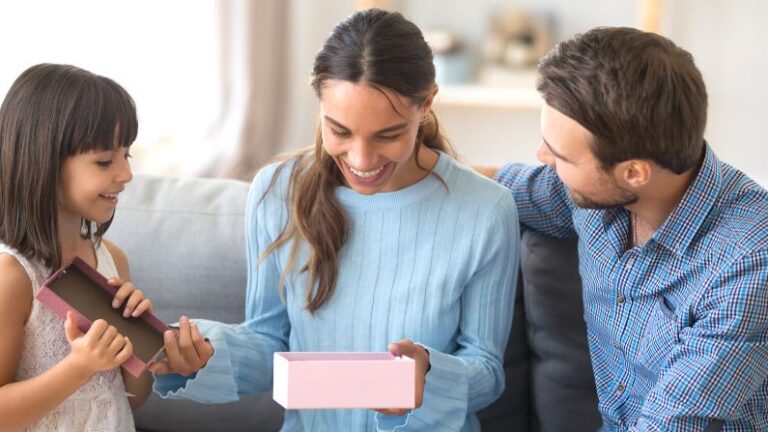7 Tips for Recycling at Home

Thirty years ago, climate change was barely on the radar for the average Jane. Today, there is much more focus on reducing your carbon footprint and caring for the planet. Much of that starts at home by turning off lights when not in use and shutting off the water when brushing your teeth. What other ways can you recycle and “upcycle” items you no longer want or need so they don’t end up in landfills or otherwise harming the environment?

1. Learn your numbers
Recycling policies vary from one location to another. Take a look at a plastic milk carton. See the recycling symbol with the number 2 inside of it? Your municipality’s recycling program (take a look at your town or local government website for their policy) will be your guide for what numbers you can and cannot recycle. As much as you may want to recycle Styrofoam, if your area doesn’t take it, don’t put it in the recycling bin. Doing so may only cause all your recyclables to end up in the trash.
2. Locate hazardous materials disposal drives
Disposal of motor oil, household chemicals, and other hazardous materials needs to be carefully handled so it doesn’t end up in our water supply or otherwise harming the environment. Learn where and when you can dispose of such materials in your area and hang on to them until that time. Pharmaceuticals may be accepted at these drives, as well, but some police departments also accept over-the-counter and prescription medications for proper disposal (never flush medication).
3. Look to chain stores
Best Buy will accept most used electronics for recycling, and Target recycles printer ink cartridges and batteries (just take them to the guest services counter). Those pesky plastic grocery bags are recyclable at most grocery stores, as well as at Target and Walmart.
4. Specialty items are also in demand
If you have a drawer full of old eyeglasses, check with local eyewear stores to see if they take frame and/or lens donations. If you have a local Lions Club, they also often take used eyeglasses. You can even donate hearing aids in good condition if you find the right outlet.
5. Become familiar with “upcycling”
The idea behind upcycling is repurposing items or giving them a new life. Do you have formal dresses you no longer need? Look to see any local organizations exist to give prom dresses to girls who may not be able to afford them. There are organizations that repurpose all kinds of household items (handbags out of books is one of my favorites). With some online research, you may be surprised at the ways you can upcycle unwanted items!
6. Don’t be afraid to sell
Stores like Play it Again Sports, Once Upon a Child, and Plato’s Closet are great outlets not only to upcycle sporting equipment and clothing, but you also make a little cash while doing it. Bonus!
7. Check before you toss!
Before throwing away an item, visit Earth911.com. There are some terrific resources to help you determine whether or not you can recycle or give an item a second life.
Doing what you can to reduce the trash your home produces not only helps you feel like you’re doing your part for our planet, but it also is a great lesson in social responsibility for your kids. It may sound trite, but each of us doing our part adds up to make a big difference.



